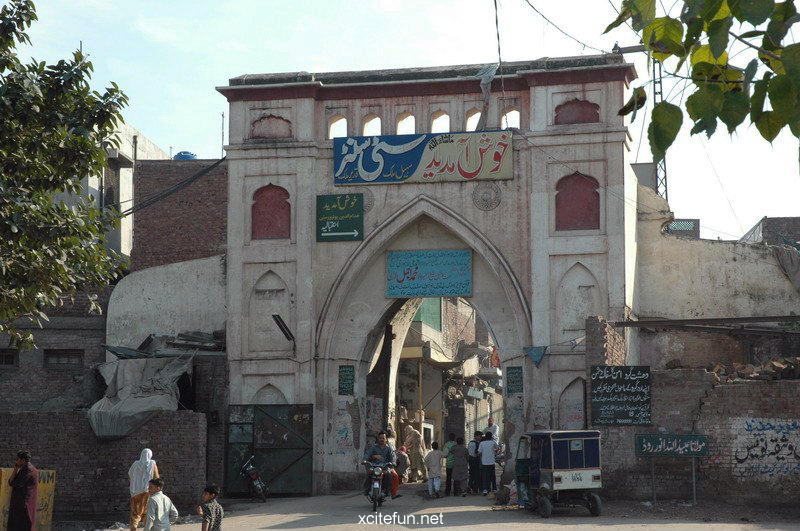Pakistani Walled City - Lahore Surviving Gates
Lahore had 13 gates: Akbari Gate, Bhati Gate, Delhi Gate, Kashmiri Gate, Lohari Gate, Masti Gate, Mochi Gate, Mori Gate, Roshnai Gate, Shahalmi Gate, Shairanwala Gate, Taxali Gate, and Yakki Gate. All of these gates survived until the 19th century. In an effort to defortify the city, the British demolished almost all of the gates except Roshnai Gate. Some were rebuilt in simple structures, except for Delhi Gate and Lohari Gate. Shahalmi Gate burnt to ground during the riots of 1947 while Akbari Gate was demolished for repairs but never built again. Today, out of 13, only Bhati Gate, Delhi Gate, Kashmiri Gate, Lohari Gate, Roshnai Gate, and Shairanwala Gate survive,SURVIVING GATES
Bhati Gate is located on the western wall of the old city. The area inside the gate is well known throughout the city for its food. Just outside of "Bhati Gate" is the Data Durbar, the mausoleum of the Sufi saint Ali Hajweri (also known as Data Sahib Ganjbaksh). Every Thursday evening Naat Readers and Qawawals (who perform Qawwali) gather here to read Naat and perform religious Qawwali.
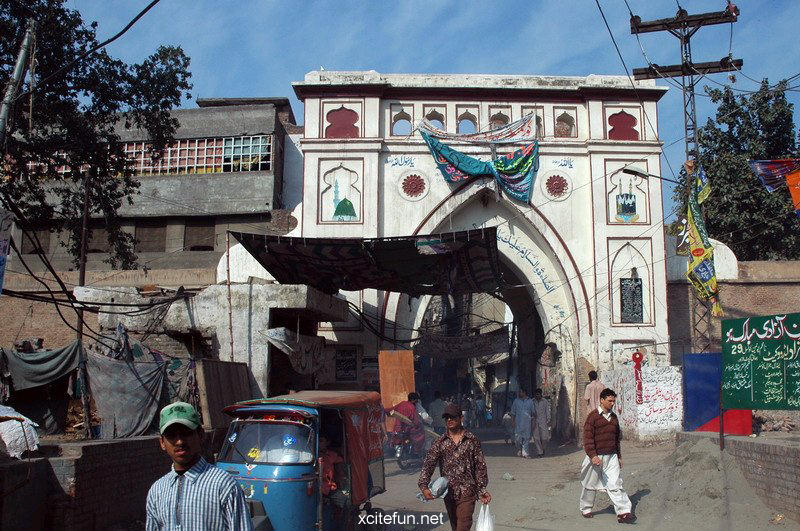
Delhi Gate" was once the main and only road that led from Lahore to Delhi. The gate was built during the Mughal era. Although the gate suffered greatly in the 1947 riots,
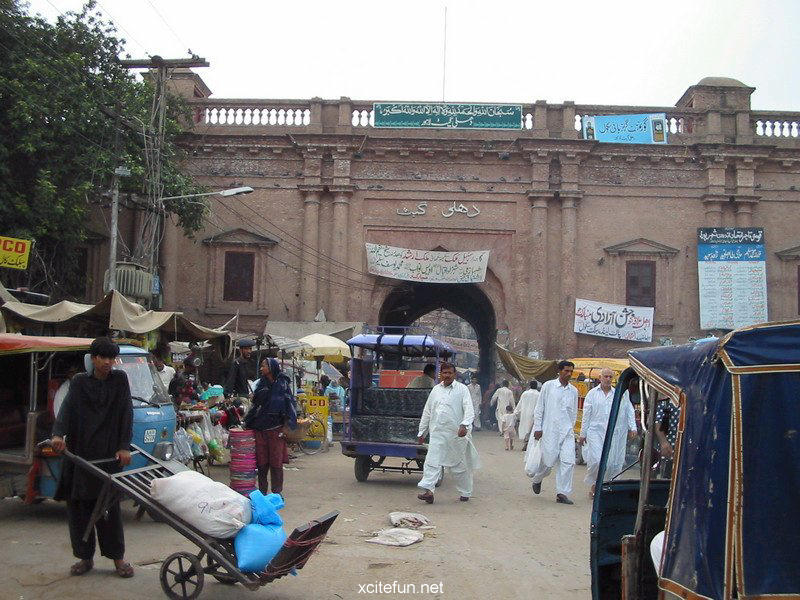
Kashmiri Gate" is so named because it faces the direction of Kashmir. Inside the gate, there is a shopping area called "Kashmiri Bazaar" and a girls' college. This college, built upon an old haveli belonging to a shah,

Lohari Gate" is very close to "Bhati Gate." Like many other gates, it was built to keep enemies out. Although it is now surrounded by shops and stalls, it still has great architectural significance. In Urdu, loha means "iron," and the gate is named Lohari.
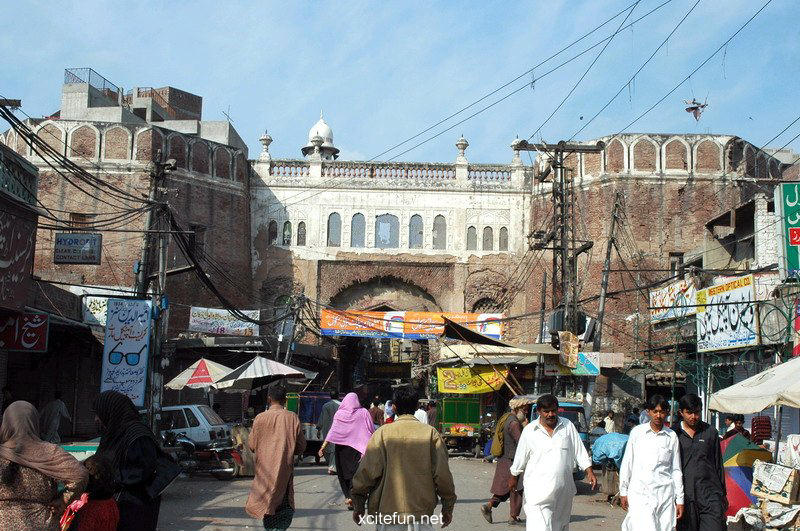
Roshnai Gate," also known as the "Gate of Lights," is located between the Lahore Fort and the Badshahi Mosque. As the gate was one of the main entrances into the city, it was constantly visited by Omerahs, courtiers, royal servants and retinues. In the evenings, the gate was lit up, hence its name. The gate was also referred to as the "Gate of Splendour."
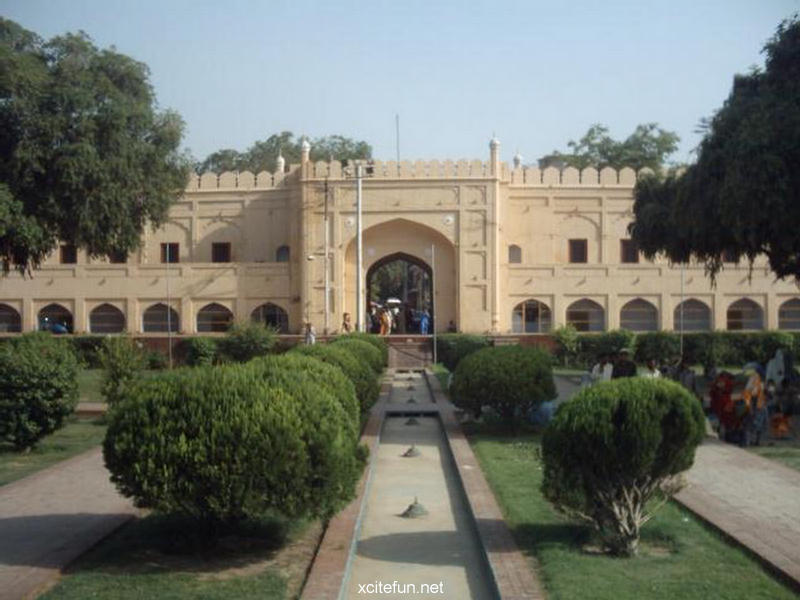
Shairanwala Gate," also known as the "Gate of the Lions," was made by Maharaja Ranjit Singh. After its completion, Singh placed two live lions (or Shers) in cages at the gate as a symbolic gesture to warn any invader.
